Neanderthals are one of the most intriguing human subspecies that ever existed. These prehistoric people were stocky, muscular, had prominent brows and strange protruding noses. Sounds pretty weird, right? The thing is, Neanderthals also lived a very different life than what we humans do today. They thrived in a harsh environment where they hunted big game animals like woolly mammoths and lived in caves to keep themselves safe from the elements and predators.
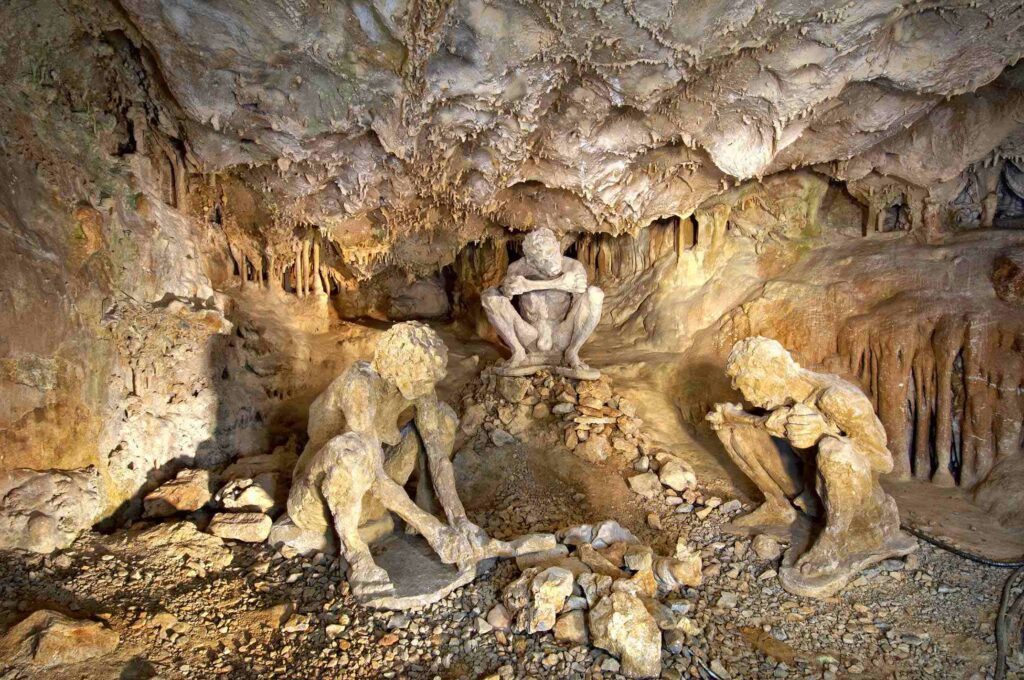
Neanderthals have been spotted in many caves across Europe, which has led some archaeologists to believe that these ancient humans spent a lot of time in such locations. Most experts agree that Neanderthals didn’t build these dwellings themselves but must have used them long before modern humans did. However, this hypothesis could be untrue, because there’s one exception — the Theopetra Cave.
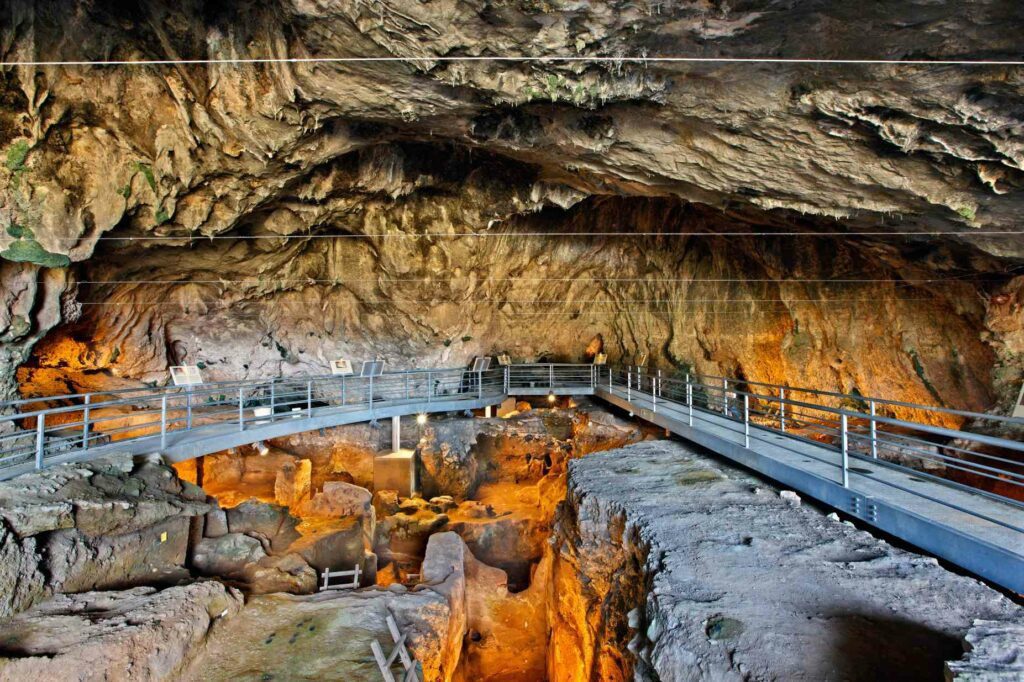
THE THEOPETRA CAVEA number of intriguing ancient caves can be found near Meteora, a magnificent, unique and strange rock structure in ancient Greece. The Theopetra Cave is one of them. It’s a one-of-a-kind archaeological site, allowing researchers have a better grasp of the prehistoric period in Greece.
It is believed that Theopetra Cave, located in the Meteora limestone rock formations of Thessaly, Central Greece, was inhabited as early as 130,000 years ago, making it the site of the earliest human construction on Earth.
Archaeologists claim that there is evidence of continuous human occupation in the cave, dating all the way back to the middle of the Palaeolithic period and continuing until the end of the Neolithic period.
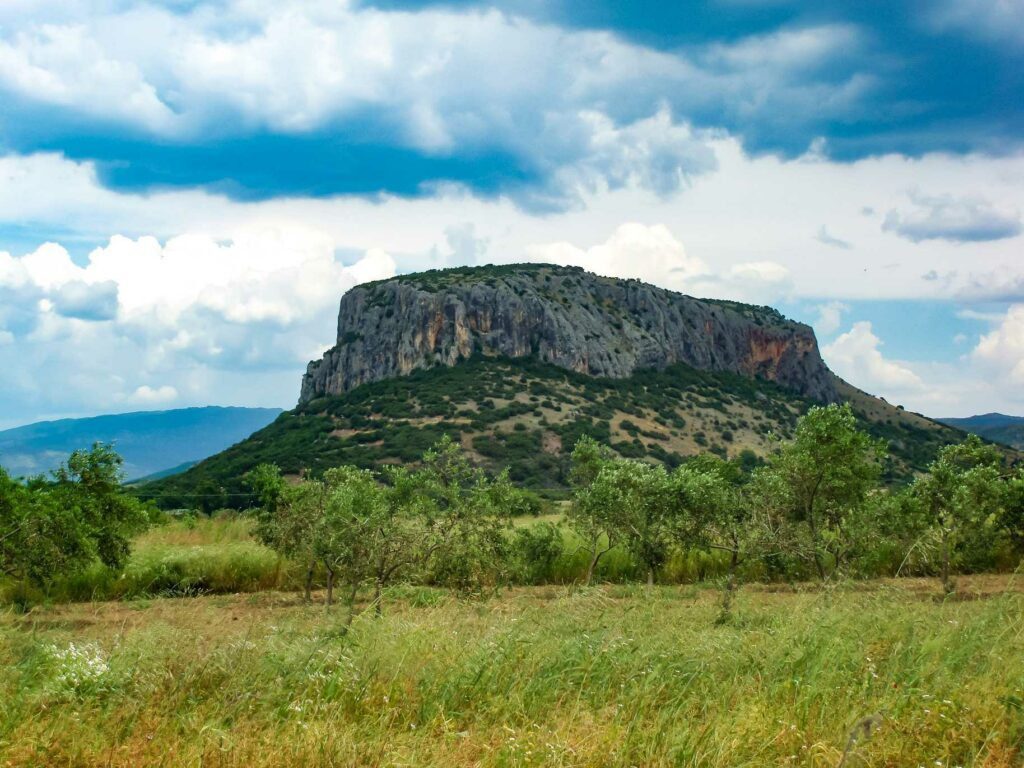
THE THEOPETRA CAVE’S LOCATION AND STRUCTURAL DETAILSLocatedaout 100 meters (330 feet) above a valley, the Theopetra Cave can be found on the northeastern slope of a limestone hill known as the “Theopetra Rock”. The entrance to the cave provides stunning views of the picturesque community of Theopetra, while the Lethaios River, a branch of the Pineios River, flows not far away.
Geologists estimate that the limestone hill was first shaped somewhere between 137 and 65 million years ago, during the Upper Cretaceous period. According to the findings of the archaeological excavation, the first evidence of human habitation of the cave dates back to the Middle Palaeolithic period, which occurred approximately 13,0000 years ago.
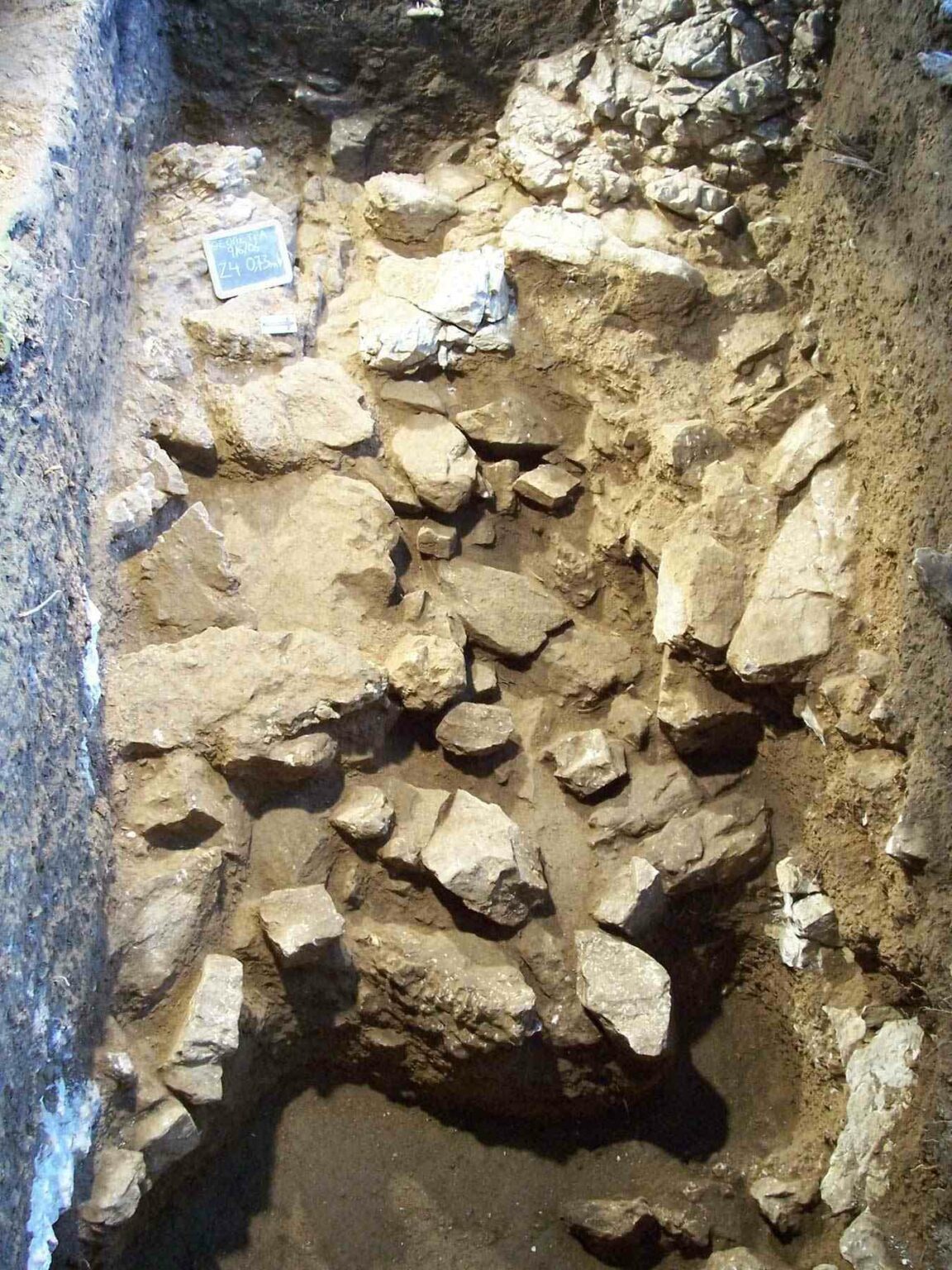
The cave is about 500 square meters (5380 sq ft) in size and has been characterized as roughly quadrilateral in shape with little nooks on its periphery. The entrance to the Theopetra Cave is quite large, which enables an abundance of natural light to penetrate well into the cavern’s depths.
REMARKABLE DISCOVERIES REVEAL THEOPETRA CAVE’S ANCIENT SECRETSThe excavation of the Theopetra Cave began in 1987 and continued until 2007, and many remarkable discoveries have been made at this ancient site over the years. It should be noted that when the archaeological investigation was originally started, the Theopetra Cave was being used as a temporary shelter for local shepherds to keep their animals.
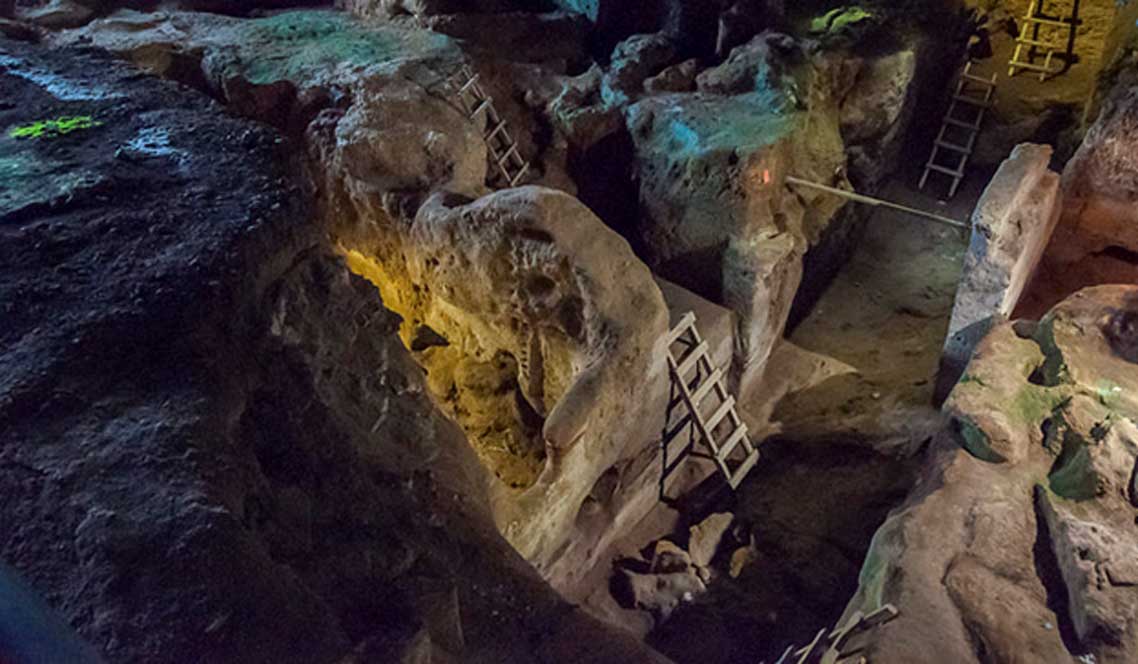
Theopetra Cave archaeology has yielded several intriguing findings. One relates to the cave’s occupants’ climate. Archaeologists determined there were hot and cold spells during the cave’s occupation by analyzing sediment samples from each archaeological stratum. The cave’s population fluctuated as the climate changed.

According to the findings of archaeological digs, the cave had been continually occupied during the Middle and Upper Palaeolithic, Mesolithic, and Neolithic time periods. It has been established by the discovery of a number of items, such as coal and human bones, that the cave was inhabited between the years 135,000 and 4,000 BC, and that temporary use persisted during the Bronze Age and into historic periods up until the year 1955.
Other items discovered inside the cave include bones and shells, as well as skeletons dating back to 15000, 9000, and 8000 BC, and traces of plants and seeds that reveal dietary habits of the cave’s prehistoric occupants.
THE WORLD’S OLDEST WALLThe remnants of a stone wall that formerly blocked off part of the entrance to the Theopetra Cave are another remarkable discovery there. Scientists were able to date this wall to be about 23,000 years old by utilizing an approach of dating known as optically stimulated luminescence.
Researchers believe that because of this wall’s age, which corresponds to the last glacial epoch, the cave’s residents may have built it to keep out the cold. It has been claimed that this is the oldest known man-made structure in Greece, and possibly even in the world.
At least three hominid footprints, etched onto the soft earthen floor of the cave, were announced to have been also discovered. It has been hypothesized that numerous Neanderthal 𝘤𝘩𝘪𝘭𝘥ren, aged two to four, who had resided in the cave during the Middle Palaeolithic period created the footprints based on their shape and size.





